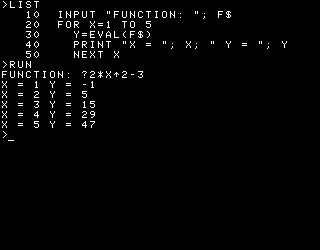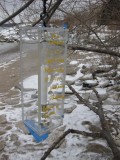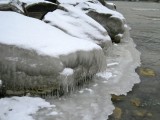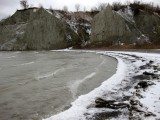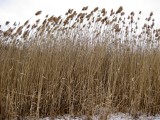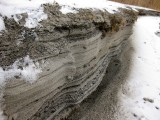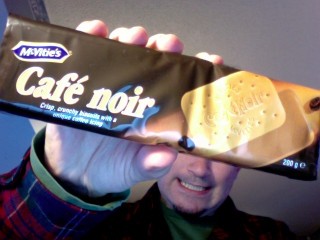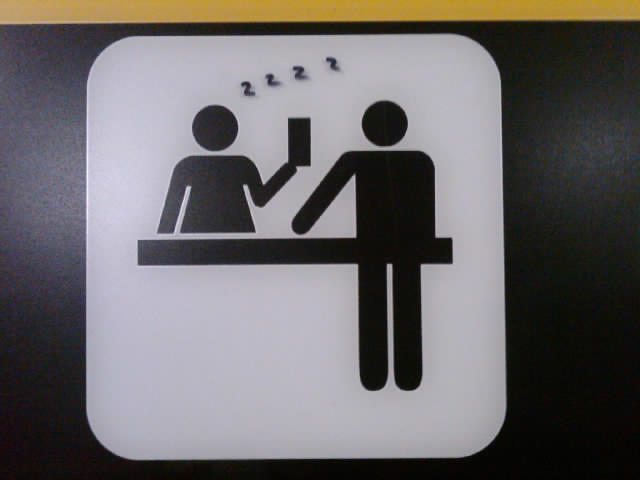Author: scruss
-
Micro Men

Clive Sinclair (Alexander Armstrong) pays for drinks (from an uncredited Sophie Wilson) It was a cheesy time, the early 80s, but I’m stuck with it as my youth. Home computers were probably the largest part of my life for rather longer than I should admit.
My brother recommended Micro Men, a BBC 4 (what? they have more than two?) comedy drama about the fight between Acorn and Sinclair for the BBC educational contract. I went to my usual source for quality television, and it was on my computer an hour after hearing about it.
With a mix of vintage film and recreations, it caught the ’78-85 vibe perfectly. Whether all the anecdotes are historically correct, it doesn’t matter – the feeling of the frantic dash to develop new machines in ridiculously short times and then advertise them months before they were ready was there.
There were a bunch of good cameos, too. Nice to see Sophie Wilson (known to me as the author of Acorn’s BBC Basic, known to you as the designer of the ARM processor almost certainly used in your mobile phone) making an appearance.
So, though I was never a BBC B or ZX Spectrum owner, a fun programme, and one you might like.
I came late to the BBC Basic game, but used it on my Z88 to ace an Introduction to Numerical Methods course (yay
EVAL!). -
or maybe even a miror-image blue Gumby …
 The Expo 2010 Shanghai mascot looks like a blissed-out version of the angry Wrigley’s gum character, don’t you think?
The Expo 2010 Shanghai mascot looks like a blissed-out version of the angry Wrigley’s gum character, don’t you think? -
Amiga chiptune
It’s the demo that came with MED 3.1 in 1991: Teijo_Kinnunen MED SynthSong2.
-
The lost art of the ramdisk
 You don’t hear anything about ramdisks these days. What with intelligent OS file cacheing, we don’t really need them. Back in Amiga days, though, the RAM: drive was blisteringly fast. You’d put your small files there, and you could move them around really quickly.
You don’t hear anything about ramdisks these days. What with intelligent OS file cacheing, we don’t really need them. Back in Amiga days, though, the RAM: drive was blisteringly fast. You’d put your small files there, and you could move them around really quickly.Third-party ram disk drivers added features like the ability to survive a reset, and be more dynamic than C-A’s offering. The ASDG Dynamic Ram Disk was written by Perry Kivolowitz, who went on to win an Oscar for digital rendering techniques.
-
elizabeth cotten in 1985
http://www.youtube.com/watch?v=Tm5-WdB_aVE
(not embeddable, sorry)
-
Here is a nice picture of an owl

I got it from a government report somewhere, so it’s copyright someone else, but you needed to see it.
-
diary of a geonumpty
I have a GIS problem:
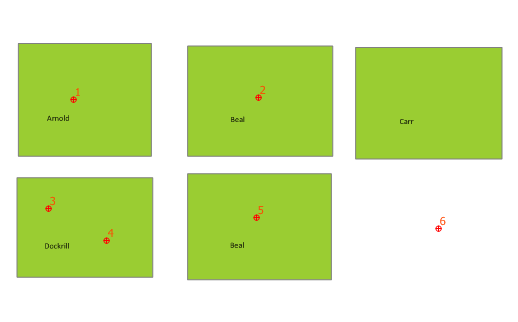 There are two layers in the map above:
There are two layers in the map above:- the green areas represent land lots, with owners Arnold, Beal, Carr, …
- the red points represent wind turbines, or really anything that needs to be identified inside a lot.
While I used to be quite decent with plain ol’ SQL, the spatial extensions (such as are in SpatiaLite) are nipping my heid. What I need to query:
- How many turbines does each land owner get?
- Are there any turbines that aren’t in a lot?
Here’s the data, and I’ll show you a solution once I work it out.
Update: dang, the SpatiaLite tutorial is useful. Here’s how to get the count for each owner:
select Properties.owner, count(*) from Points, Properties where within(Points.geometry, Properties.geometry) group by Properties.owner;
which gives:
Owner count(*) Arnold 1 Beal 2 Dockrill 2 Nifty, what!? Now to work out the other one, which I suspect will use a ‘not within()’.
Update #2: Nope, the SpatiaLite mailing list came through:
SELECT id, unitid FROM points WHERE id NOT IN (SELECT points.id FROM points, properties WHERE Within(points.geometry,properties.geometry));I have to admit that I still don’t really think of nested SELECTs – my SQL formative years were spent on a DB that didn’t support them.
-
amiga emulator for iPhone – sorta whee
Emulated Commodore Amiga Games sounds like a good idea, but each game has to be sold as a separate app so the dreaded FEATURES of the computer aren’t allowed out.
-
beacoup fish
 I just downloaded the first 1000 Fish Disks from Aminet. Back in the day, that would have cost me £3000, and would have involved serious floppy storage. As is, it took just a couple of hours.
I just downloaded the first 1000 Fish Disks from Aminet. Back in the day, that would have cost me £3000, and would have involved serious floppy storage. As is, it took just a couple of hours.I used to write for short-lived PD Shopper magazine. There was one flaw in the business plan; trying to sell a magazine to people who were naturally inclined to be cheap. As soon as shovelware CD-ROMs became available, PD Shopper vanished.
-
empty threat
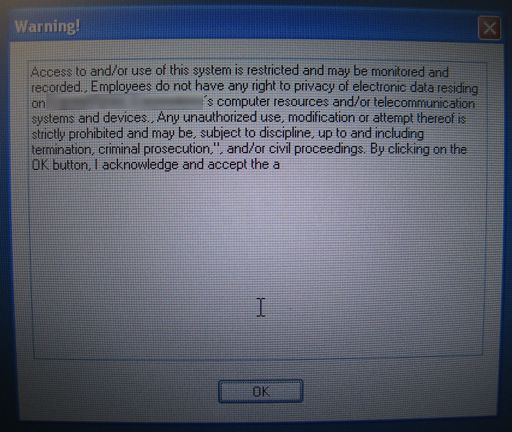 This is the clickwrap login usage licence at work. The threat of ” is particularly chilling.
This is the clickwrap login usage licence at work. The threat of ” is particularly chilling. -
something went wrong
Something went very wrong when my Thinkpad booted up:
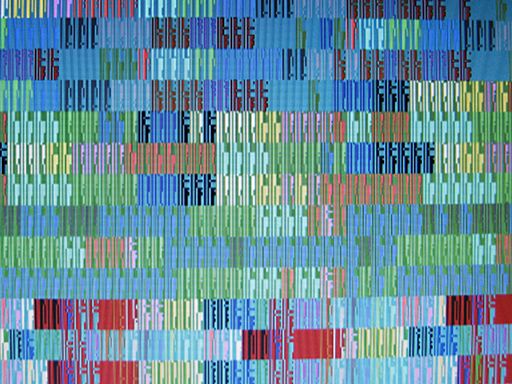
Pretty, though.


